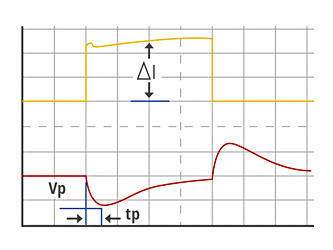
| DE | EN | Contact | About us | Terms of Business | Imprint | Privacy & Cookies | Help | Newsletter | Registration | Login | |
 |  |  |  |  |  |  |  |  |  |  |  |
| Home > News > Case Studies > Power Supplies > Ready-made module or DIY solution for switching regulator circuits? | |||||||||||
Ready-made module or DIY solution for switching regulator circuits?Schukat highlights the properties of switching regulator modules from RECOM
When it comes to implementing a switching regulator circuit, packaged switching regulator modules have been available for many years, saving both expenditure and risk when compared to in-house development with discrete components. But what's the situation today? Is a ready-made module still worth it?The issueMany electronics companies today do not have the deep knowledge needed to build switching regulators, not least because the technologies involved can be highly specialised and processes such as the moulding of ferrite materials often may simply not be available. Product life cycles are also considerably shorter, and development costs, delays in the design process, and EMC tests all influence the return on investment. ► ExampleThe proposed output capacity is often far too low for real dynamic loads. These can fluctuate between the active and standby states by a factor of one million, potentially causing unacceptable voltage peaks. (Fig. 2)
The solution: modern switching regulator modulesThe new generations of modular voltage converters achieve high performance over a wide range of operating conditions. The RPMH series from RECOM, for example, is a 0.5A component with input voltage up to 65V and an output trimmable between 2.5V and 28V, all in a 12.19 x 12.19 x 3.75 mm EMI-shielded package. The series can be operated at up to 105°C without forced air cooling. An identically packaged component, in the RPM series, can provide output current as high as 6A. Advantages of modular voltage converters• Low production costs for adding comprehensive control and monitoring functions. Finished module or DIY solution?If users and developers choose a switching regulator module that enables all of the processes and design techniques necessary for optimum performance, they save time and money. Added to this are the savings in supplier and inventory management – procurement, storage and handling is required for just one component compared with many parts from disparate suppliers for an in-house build. SMD placement time is reduced, and savings also accrue in testing and for agency approvals. With modules increasingly meeting industry standards for functionality and pinning, e.g. DOSA, second-sourcing concerns are also minimised. Taking total cost of ownership into account, a modular solution can now provide a clear advantage. At SchukatAt Schukat electronic we offer a wide range of switching regulator modules from various series from our long-time partner and power supply manufacturer RECOM, offering a variety of features. In addition, our technical sales team will advise you on any power supply questions you may have. |
|

